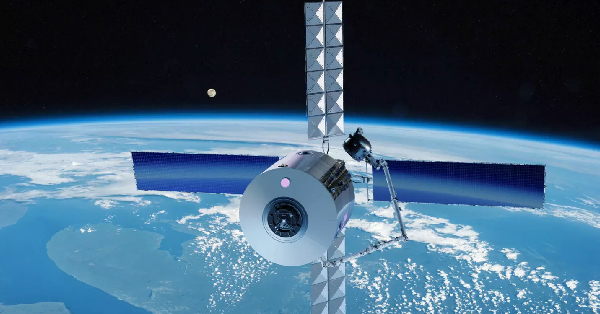In 1998, the International Space Station was launched, with astronauts living and working aboard. In addition to advances in medicine or helping to face the issues we have on Earth — such as water and air quality — the research conducted on the ISS is critical in our journey to the Moon and Mars and helping humanity explore the confines of the universe.
However, the ISS cannot keep operating forever and has already well exceeded its original lifetime of 15 years: it is planned to be deorbited towards the end of this decade. NASA is likely to transition away from the ISS towards the next generation of continuously crewed, free flying space stations, and Airbus intends to be part of the future of human presence in space.
This is why Airbus Defence and Space is teaming up with Voyager Space to help design the next space station for NASA, ESA and other customers. The space station of the future, Starlab, could be launched as early as 2028 to ensure a sustained human presence in low-Earth orbit. Designed and architected to provide 100 percent of the International Space Station’s payload capacity with the ability to conduct over 400 experiments or technical investigations per year, Starlab could provide a foundation for continued international cooperation in space, with the goal of accelerating a sustainable ecosystem in space.
“The partnership with Voyager Space is the first step toward fielding the next generation space station serving international astronauts. We are excited to partner with Voyager on a project aimed at changing history,” said Jean-Marc Nasr, Executive Vice President of Space Systems. “Our team is looking forward to diving in on the technology and putting our best engineers to work.”
Working together to bring Starlab to life is a step towards expanding and engaging international participation and customer support for this inspiring project. At Airbus, we have extensive expertise in human spaceflight and a vision to create an advanced infrastructure in space to serve the scientific community and to create a better future for humanity in space and on Earth.
Source: Airbus






































